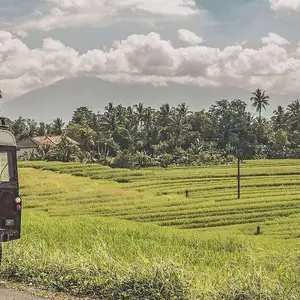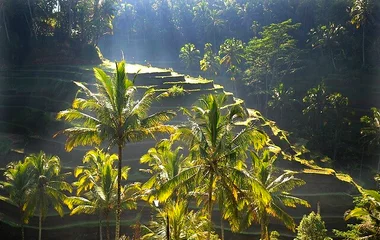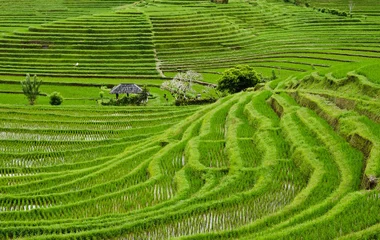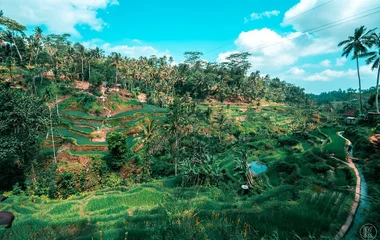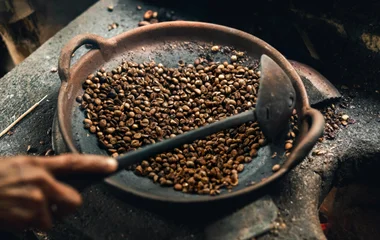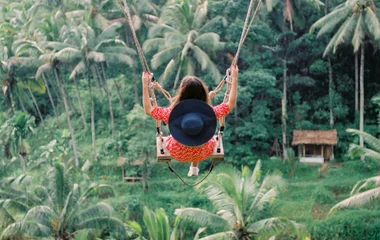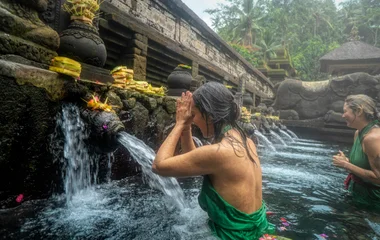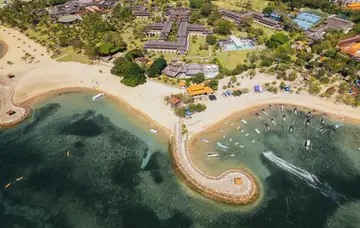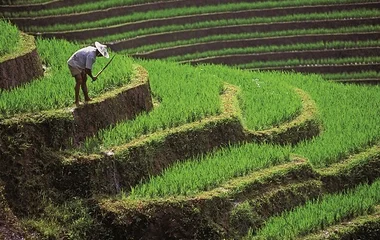
What Is The Tegalalang Rice Terrace
The Tegalalang Rice Terrace (Tegallalang Rice Terrace) is a stunning series of rice fields arranged in a unique stepped formation along the hillsides of Bali. This iconic landscape, which is a UNESCO World Heritage Site, showcases the traditional subak system, a centuries-old irrigation method developed by Balinese farmers. This ingenious system distributes water efficiently through interconnected channels, requiring significantly less water than conventional rice fields while ensuring a consistent water supply.
Located in the village of Tegalalang, about 20 minutes north of Ubud, the terraces have become one of Bali’s most popular attractions, drawing visitors from around the world. The breathtaking view from the top of the valley reveals a cascading expanse of vibrant green rice paddies that stretch endlessly across the hills, creating the illusion of a massive, natural amphitheatre.
This lush, terraced landscape transforms the valley into what appears to be a hanging garden, offering countless picturesque spots ideal for photography, relaxation, or simply taking in the serene atmosphere.
Whether you’re a nature enthusiast, a cultural explorer, or a photography lover, the Tegalalang Rice Terrace is a must-see destination that perfectly blends Bali’s natural beauty with its rich agricultural heritage.
